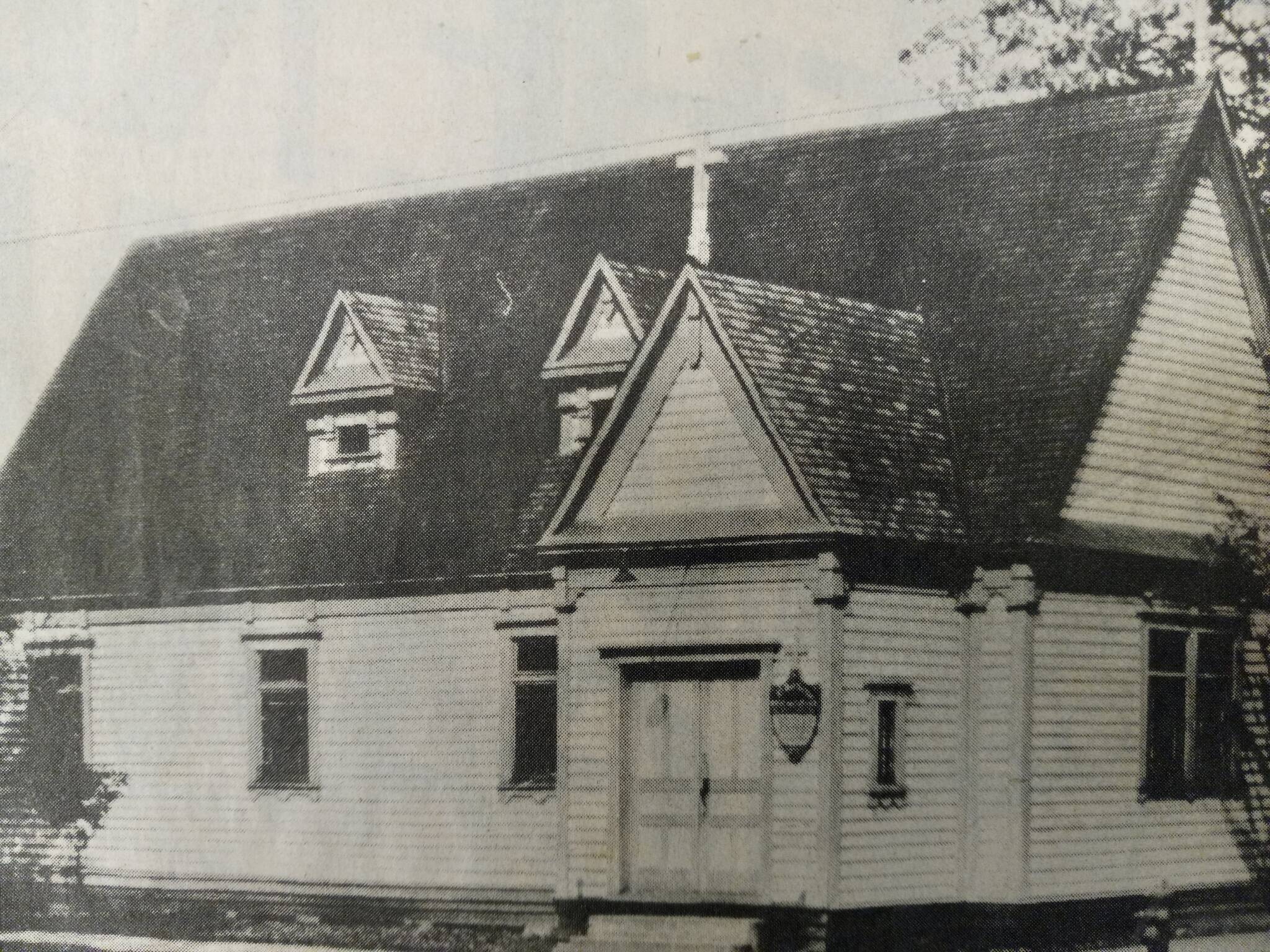On the afternoon in 1959 that St. Matthew Episcopal Church made the big cross-town boogie from its first home of more than half a century at A and First Streets to 123 L Street Northeast, its vicar couldn’t help but engage in a little word play.
“We’re going to L!” the playful reverend shouted from the moving truck.
No, St. Matthew never went to “L.” Indeed, for longtime members like Caroline Smith, who told the story at the church’s 125th anniversary celebration plus two Sunday afternoon — plus two because the pandemic — St. Matthew has always been their own little slice of heaven.
Not only that, but over the years St. Matthew has gained a reputation for welcoming in people who may have had a rough time being accepted elsewhere.
Like Hannah Brenlan, who arrived four years ago and is now junior warden.
“I really like being here,” said Brenlan, who also teaches 5th graders for the Auburn School District. “I didn’t think I could find a church that would be so affirming to the LGBTQ community. I also live only five blocks away.”
Brenlan added that her Spanish-speaking skills have come in handy with San Mateo’s thriving Spanish-speaking population.
St. Matthew’s interim vicar performed her last service on Sunday before moving on to her new assignment within the Dioceses of Seattle. Not only was Carla Robinson, or Mother Carla , as she was affectionately known — “the church’s first Black vicar, but its first transgender one, too,” she said.
“We welcome all,” said Harry Patterson, who first came to the church with his wife, Janet, in 1982.
According to Patterson, the church’s history begins in 1896 when Harry Buzzle — the first of 23 vicars, rectors and priests up to this day — started meeting with a handful of the fledgling faithful in a private home.
At that time, the city, with its population of 100 souls, had just made the big name change from Slaughter to Auburn, but was as yet without sidewalks or paved streets.
Several years later, the congregation built its first church on a lot it had purchased at First and A Streets Northwest, next to the Northern Pacific railroad tracks. By that time, the Northern Pacific had made Auburn the east-west junction of its rail line over Stampede Pass, and so it became a bustling place. And when the railroad brought the expected flood of new residents to town — 4,000 of them by 2014 — the church congregation grew, too.
By the end of World War I, however, the church had fallen into debt, and when the Great Depression arrived in 1929, it could no longer afford a vicar.
“Times were very tough, and we virtually closed our doors, but the women of the church got permission to at least keep the Sunday School going. Thanks to those women, we kept going,” Patterson said. “Some things never change, do they?”
Yet there, next to the tracks, St. Matthew remained for more than 50 years. Its first resident priest, Rev. George Ziegler, arrived in 1949.
But there had always been a problem with the location. Seems that when the big box cars rattled by on the nearby Northern Pacific tracks, or the nearby fire department dispatched its wailing engines, or the nearby police station its keening cars, choir members couldn’t even hear themselves sing.
“It was too noisy,” as the late Dorothy Saunder, a church member, told the Valley Journal in 1986 on the occasion of the church’s 90th anniversary.
In addition, church members felt they needed more room. So, in the early 1950s, the church bought the L Street Northeast property in anticipation of building there a new parish hall next to the church. Construction of the parish hall was finished in 1958, one year before the church itself was relocated.
At the new digs, the nearly 60-year-old building soon suffered misfortune, however, when a young member of the congregation accidentally drove the vicar’s car into the back of the church, breaking one stained-glass window and shattering a pew or two.
But that was minor compared to the damage done by the big earthquake of 1965, which so shivered the building’s timbers it could not be saved and was razed. The congregation, however, preserved the stained glass windows, which it moved to the smaller parish hall, which is where it met until 2000, when it built a new church on the site of the old one, complete with stained glass windows bearing the names of members.


